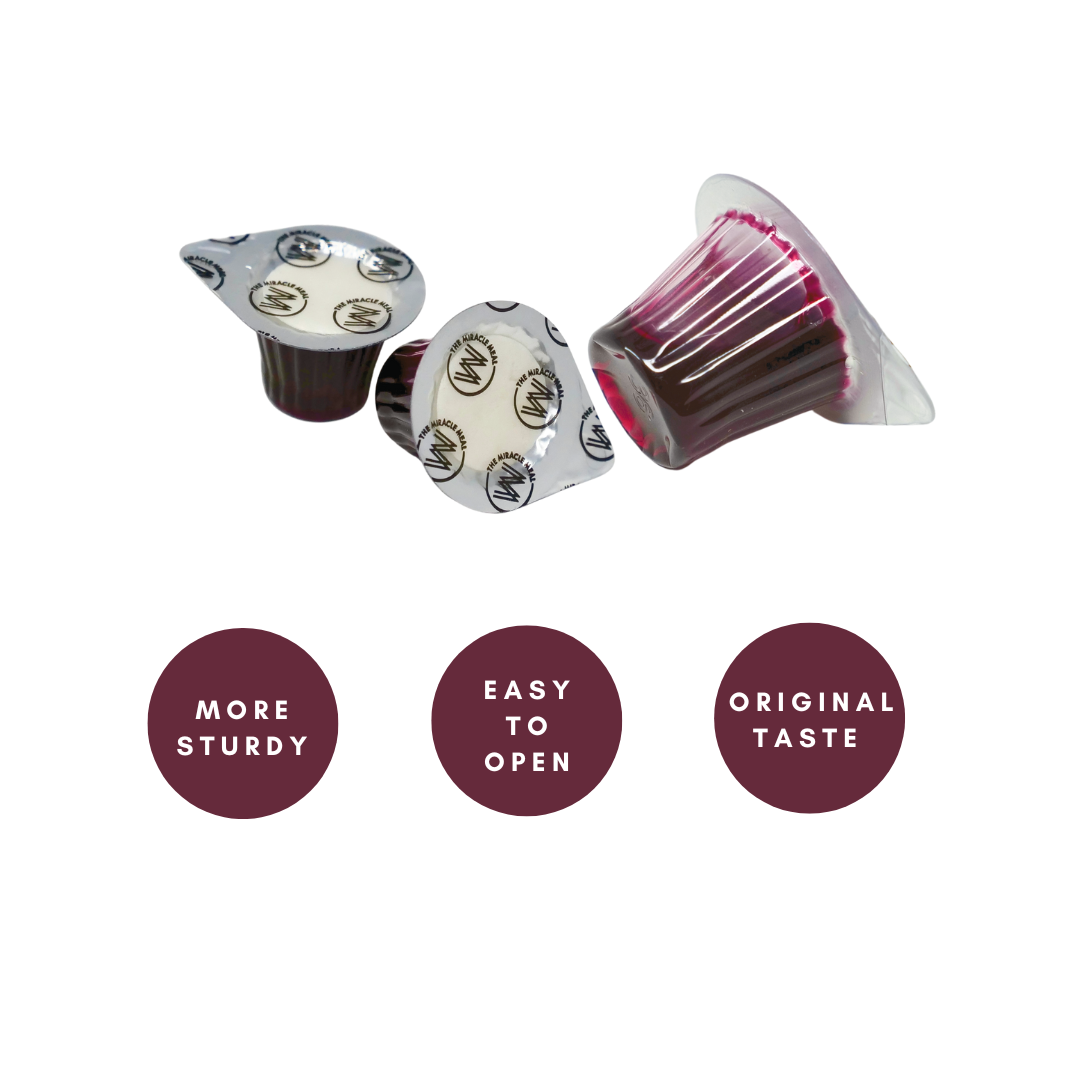How Are Pre-Filled Communion Cups Manufactured?
Curious about the process behind ready-to-serve communion sets? They arrive at churches and gatherings with minimal fuss and maximum convenience. Let’s delve into their creation and learn more about how they come together.
In the following sections, you’ll discover how these sealed elements are sourced, assembled, and packaged. Stay with us to see the journey these cups take before blessing every communion service.
Overview of Production Techniques
To understand the production approach for ready-packed communion elements, it helps to start with the raw materials. Each component, from the plastic cup to the wafers and juice, must meet strict food safety standards. The cups themselves are formed using durable yet lightweight plastics, which are then sterilized. Many manufacturers partner with carefully selected suppliers to ensure fresh wafers and expertly pasteurized juice.
Once the materials are quality-checked, meticulous assembly begins. Automated lines fill each sterilized container with a measured amount of juice, ensuring consistency from start to finish. Next, the container is sealed with a sturdy foil layer, maintaining freshness. Above this layer, another seal holds the wafer securely in place. This two-part sealing structure helps keep both elements protected from airborne contaminants and maintains the best taste.
Throughout the assembly line, specialized machines monitor sealing pressure, fill levels, and overall hygiene. Skilled technicians oversee this step-by-step process, quickly identifying any flaws before the cups reach their final packaging stage. This careful monitoring helps maintain a high-quality product, ensuring each set of single-serve sacred cups is uniform and reliable. From start to finish, precision and cleanliness define the entire operation.
Ensuring Quality and Consistency
Once the creation process of individually sealed Holy Sacrament sets is complete, the next focus is on thorough quality checks. Manufacturers typically conduct visual inspections, verifying that each cup is leak-free and that both seals are secure. Preliminary testing might also measure the product’s shelf stability, ensuring it can last for its intended duration. Only after these rigorous tests do the containers progress to their final packaging stage.
For faith-based suppliers like The Miracle Meal, attention to detail extends beyond mere packaging. Each cup is designed to minimize noise during services, thanks to a silent-opening feature. The user-friendly seals—top film for the wafer and middle foil for the juice—require no extra preparation. Additionally, the one-year shelf life provides planning flexibility, letting churches or event organizers stock up without concerns of spoilage or wasted inventory.
Sustainability is also on the minds of manufacturers. Many producers opt for recyclable plastics, reducing environmental impact while upholding communion traditions. By carefully measuring juice quantities and controlling wafer size, these cups combat unnecessary food waste. This commitment to quality and consistency ensures every single participant can count on a fresh, reliable communion experience. Understanding the assembly steps of single-serve sacred cups reveals how much effort goes into each tiny cup.
Practical Advantages for Congregations
Beyond the mechanics of creating these sealed sets, congregations often find them invaluable for streamlining the communion ritual. Rather than preparing trays of elements in advance, volunteers can simply distribute individual cups. This means less time spent cleaning up spills or discarding leftover bread and juice. Additionally, attendees can receive their elements in a sanitary manner, which is particularly comforting during flu seasons or when larger crowds gather.
For events held in venues outside traditional church buildings, these cups are especially handy. Retreats, conferences, and outdoor gatherings can have holy communion without extensive setup or cleanup. The cups are lightweight and sealed, reducing the risk of accidental leaks or damage. They also ensure that each person partakes of the same portion of bread and juice, reinforcing unity and preventing supply shortages in the middle of a service.
Organizations like The Miracle Meal take the additional step of matching straightforward convenience with reliable quality. By offering an all-in-one format, there is no need to coordinate wafers and juice from multiple sources. This uniform approach helps standardize communion services, ensuring everyone’s experience feels both orderly and meaningful. Whether for large congregations or smaller home-based fellowships, these pre-filled portions make the act of communion both accessible and consistent.
Conclusion
From material selection to final sealing, the methods behind these cups ensure a tranquil sacrament experience for congregations around the globe. Advanced machinery, food-grade components, and careful handling work together to produce a consistently safe, convenient, and reverent ceremony for all involved.
If you’re looking to make communion more practical and seamless, consider visiting our online store. The Miracle Meal offers pre-filled cups known for their reliable seals, silent opening, and year-long shelf life, delivering convenience and reverence in every package.



